Tara Jane O’Neil on Collaboration, Intention, and Choosing the Right Gear
Tara Jane O’Neil is one of indie rock’s most versatile songwriters.
A founding member of the post-hardcore band Rodan, O’Neil, or TJO, has been challenging the status quo since they released their formative math rock album Rusty in 1994. While she has been in numerous bands since—including Retsin and the Sonora Pine with Sean Meadow (June of ’44, Lungfish) and Rodan drummer Kevin Coultas—her solo work is prolific, varied and just as adventurous. The music often occupies both a folk and ambient space, the poetry of her lyrics cradled in electronic-informed soundscapes between each song. Or as she calls it: “kind of sound bed for songs to be inside of.”
Last month, O’Neil released the eponymous Tara Jane O’Neil, her most straightforward effort to date. Unlike her albums like You Sound, Reflect or Where Shine New Lights, which flows into itself from start to finish, there are no “beds” here. O’Neil wanted to go back to playing in a band, enlisted some pals to play with her and put together a striped down collection that is as expressive as ever. Or, as her friend, author Maggie Nelson writes about her music: “Unlike some songwriters, whose lyrics have the aura of sophistication because they’re essentially nonsense, or whose lyrics end up pretty banal once deciphered, TJO’s lyrics always repay the effort to discern them.”

From a quiet corner at LAX, O’Neil spoke to She Shreds about getting back to playing with a band, finding positivity through songwriting and the Danelectro Tuna Melt pedal that she cannot shake. Tara Jane O’Neil is out now on Gnomonsong and available for purchase.
She Shreds: You have always been an artist who welcomes others into your space. Who did you collaborate with on this album?
Tara Jane O’Neil: I always collaborate with somebody on my records, but it’s usually me in my lab figuring out what I need from others and figuring out what the missing parts are and where I’m stumped. This time, I did all of the main recording with a group of fellas in Chicago. I sent them demos of the finished songs with arrangements, drums and bass and all that stuff. Then I flew out to the studio. It’s called The Loft, which is (Wilco’s) Jeff Tweedy’s kind of crazy playground where he keeps his guitars and all his other recording [stuff].
I have some friends who work there, [composer/engineer/musician] Mark Greenberg, and he got some people together and we made a bunch of songs in like two days. That was fun because we all got to play live in the room together which I don’t often get to do because I record my own stuff. When I came home to L.A., [I got together with] my friend Devin Hoff [who] is a bass player and we just did some more songs. My friend Wilder Zoby came and did keyboards, he’s a producer and plays with Run the Jewels. Then I had a lot of people come in and sing. I had a lot of people help me out with this record.
How do you know when to work alone and when you want to call on collaborators?
It kind of depends on the project. This time I definitely wanted to be a player again because I often play on other people’s stuff or in an ensemble in a room where we’re all listening and responding to one another. This batch of songs is kind of like the most straight ahead batch that I offered and so it just felt like the nature of the music, I needed that sort of collaboration to have it live and be a sparkly thing. There’s not like a ton of effects or tricks on this record, it’s really just like people playing and, I think, playing well. I think that’s the spirit of this record.
Tara Jane O’Neil – BLOW from James Kidd Studio on Vimeo
Sound design always seems essential to your albums. How do you go about creating something more winding like your albums You Sound, Reflect or Where Shines New Light?
For awhile, I had an interest in making a kind of sound bed for songs to be inside of. This new record was difficult because I’m so used to weaving my own narrative songs or different movements in the record with sound. This record is just a bunch of songs. I wanted to figure out a different way to construct an album as a collection of songs instead of, like, on the last record, which is really a whole thing that grew into each other and continued to evolve as its own organism. You Sound, Reflect, I think, was kind of the beginning. There’s straight up sound stuff and a lot of sonic tomfoolery, lots of segues or extended sound moments that maybe then give birth to a song. Not to toot my own horn, but I feel like [on] the last record I resolved some of my queries about that pursuit, if you know what I mean.
But that’s great, right?
Yeah, I mean, and I could do that again but why the fuck would I do [it]? It’s not a formula thing. It was just like, “What else do I like to do? Oh yeah, I really like to sing and play songs on my guitar.”
Aside from wanting to sing songs and play guitar, what else was inspiring you while you were putting this together?
I’ve been writing songs for a long time now, over twenty years, and I’ve noticed in the last several years that my motivation for writing songs is coming from a really different place. I’ve been interested in identifying my intentions about doing it in the first place. I put out a record in 2009 called A Ways Away and I did so much touring, had been touring for so many years, and I just needed to take a little break. I kinda stopped touring in a big way and was really able to identify what my intentions are for putting sound into the world. I’m trying to put forth some positive vibes into the world [laughs]. I had been there before, but I’m trying to be intentional about what I’m putting into the music and then gets put into the world and then I have to play on stages every night: Where’s the positivity, or for lack of a better, less sincere word, where’s the healing in all that?
This record is actually, quite honestly—it’s all about living and dying because there’s been a lot of it in the past few years. It’s not a record that’s like [play-sings], “I’m fuckin’ sad that my friend is dead or my dad is dead.” It’s not like that. That’s not even my [way] of processing that stuff, but [I’m] certainly reaching into those scenarios and feelings to pull out these songs. There’s one song, it’s actually the most upbeat song I’ve ever released, and it’s about the last day of my father’s life.
Is it “Laugh?” That’s my favorite one on the new record.
Well, now you know what it’s about, kinda. There’s nothing in the lyrics that is like, “Somebody just died,” you know what I mean? And [my dad died] a couple years before I started writing that song or any of the songs, really. It’s a longer process. It’s not reactive.
So speaking of process, what’s your preferred setup?
That changes, depending on what I’m doing. I’m just gonna tell you this shit and you can use it however you want. I won’t be a supernerd, but I am very specific about what I like.
Seriously, nerd out as much as you want. That’s why we’re here.
In that case! For several years, when I was doing a lot of touring, and also for the last round of touring for the Where Shine New Lights record, I’ve been using this surprising little guy called a Gretsch BST made in 1979, which I bought used in Bloomington, Indiana. That’s the one that gives me a big sonic range and I can do a lot of the tricks I like to do on stage. I get a lot of robust sound. I use these really heavy strings, they have a wound third and they’re twelves, so I can get those whole bass register. I don’t like twangy guitars. I mean, I like them, but I don’t do that. I have this really low end happening. That guitar is really electric and really a sonic tool. I can get songs to play out of it, too, but when I’m doing drone stuff and harmonic stuff, that is the one to use. But, in the last year or so, I picked up my old friend, a Guild X-170, that I got new. It’s the only new guitar I ever bought, it was in 1997, and I put it down for a couple years because it’s an archtop body and it’s huge! And I have flatwound heavy strings on that one. I have my big bass bottom and I play all these cords, basically what I’m doing when I play these songs live.
I just opened for Tortoise a couple weeks ago, and they have a lot of sound. They have two drum kits and vibraphones and everything else and then there was me opening for them and I got to borrow one of their drummers, John Herndon, and we did dual stuff that was kind of – when i’m doing solo, I don’t just strum the guitar, I gotta hear the bass and feel the rhythm and then I have all these melodies that happen, so when I have this archtop guitar, this Guild, then I can do for the song stuff, I can kind of pull off all the low end movement—it’s a jazz guitar, that’s why jazzers use this shit, so you can make it more like a piano than a guitar. I don’t have lots of pedals and stuff. I have plenty delays and a couple of overdrives and I keep buying the same $30 Danelectro Tuna Melt tremolo pedal for the last fifteen years. Every time I break one, I get a new one.



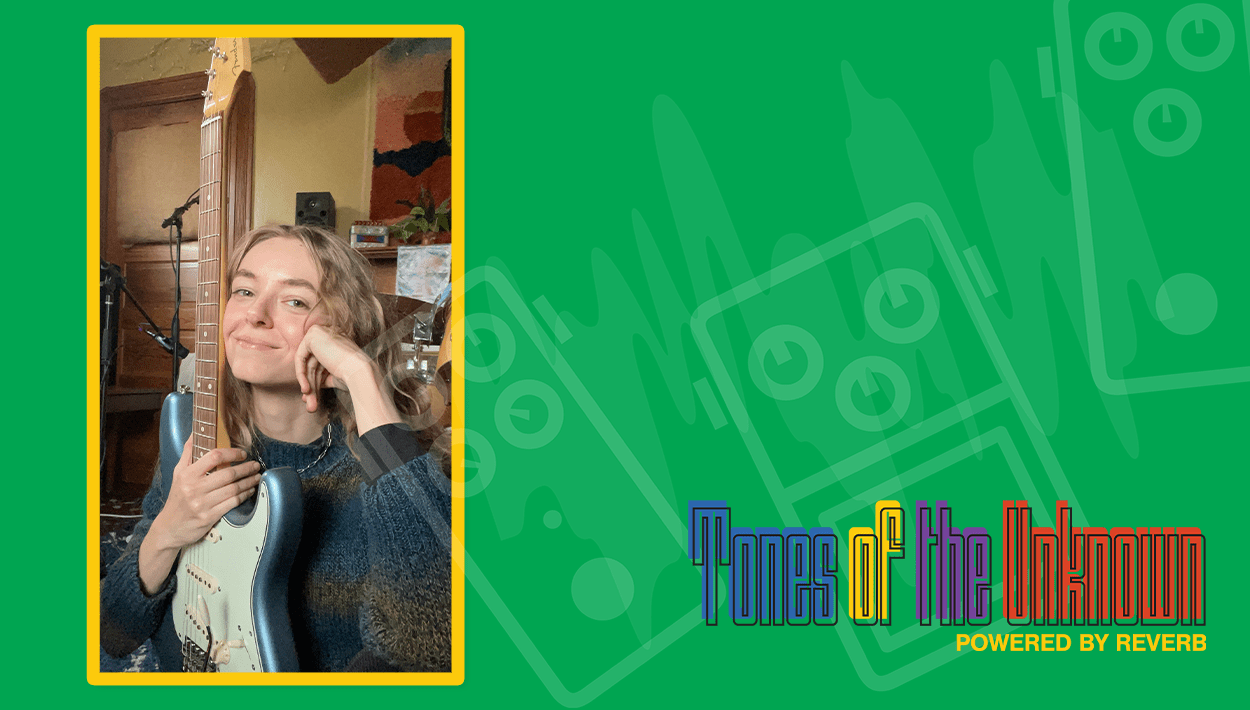
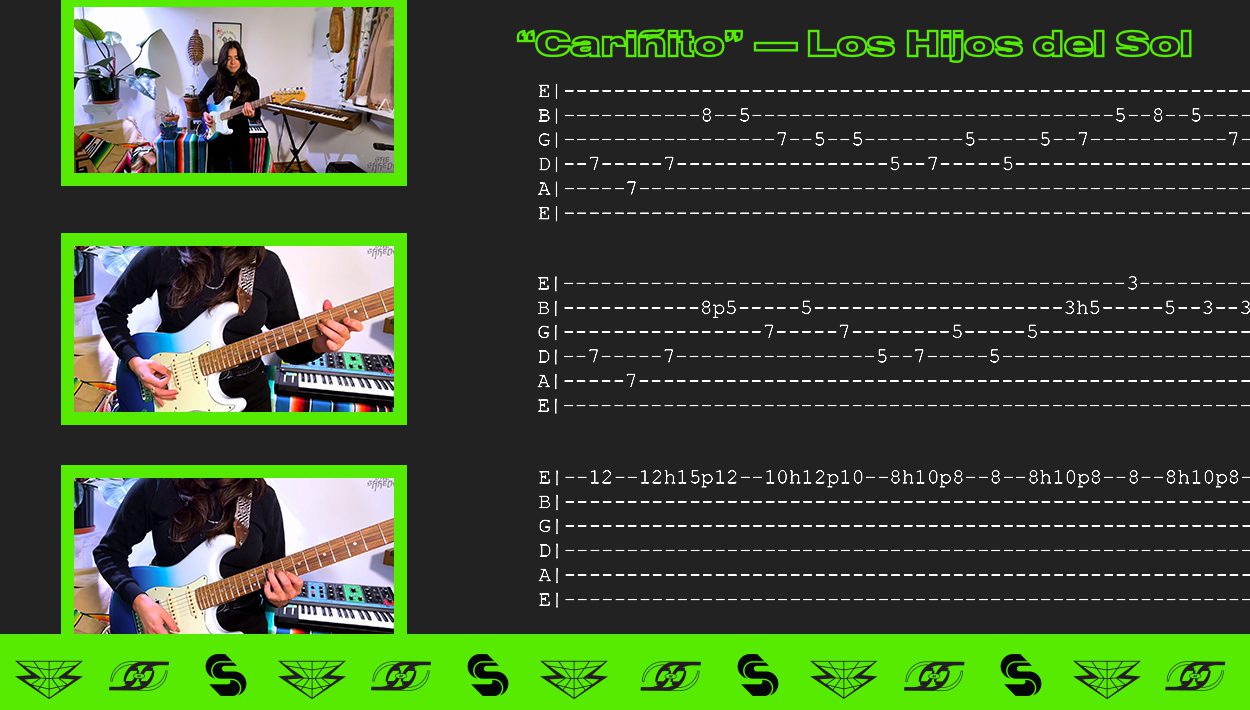


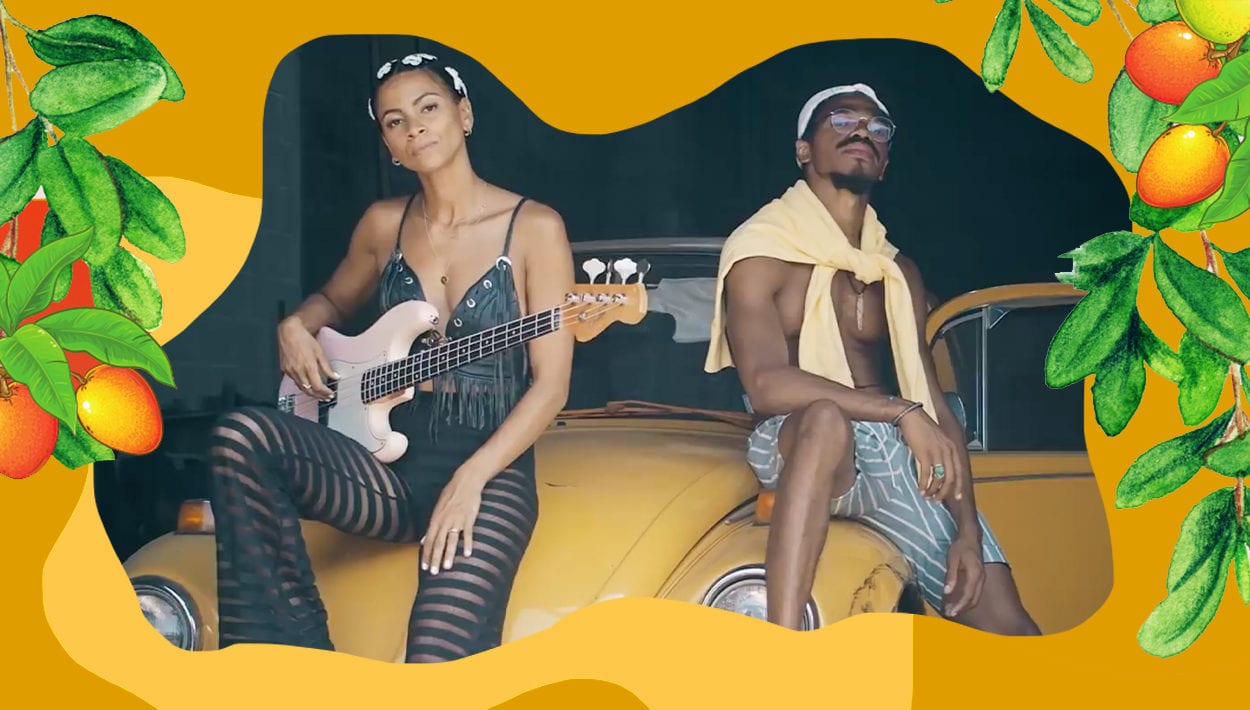


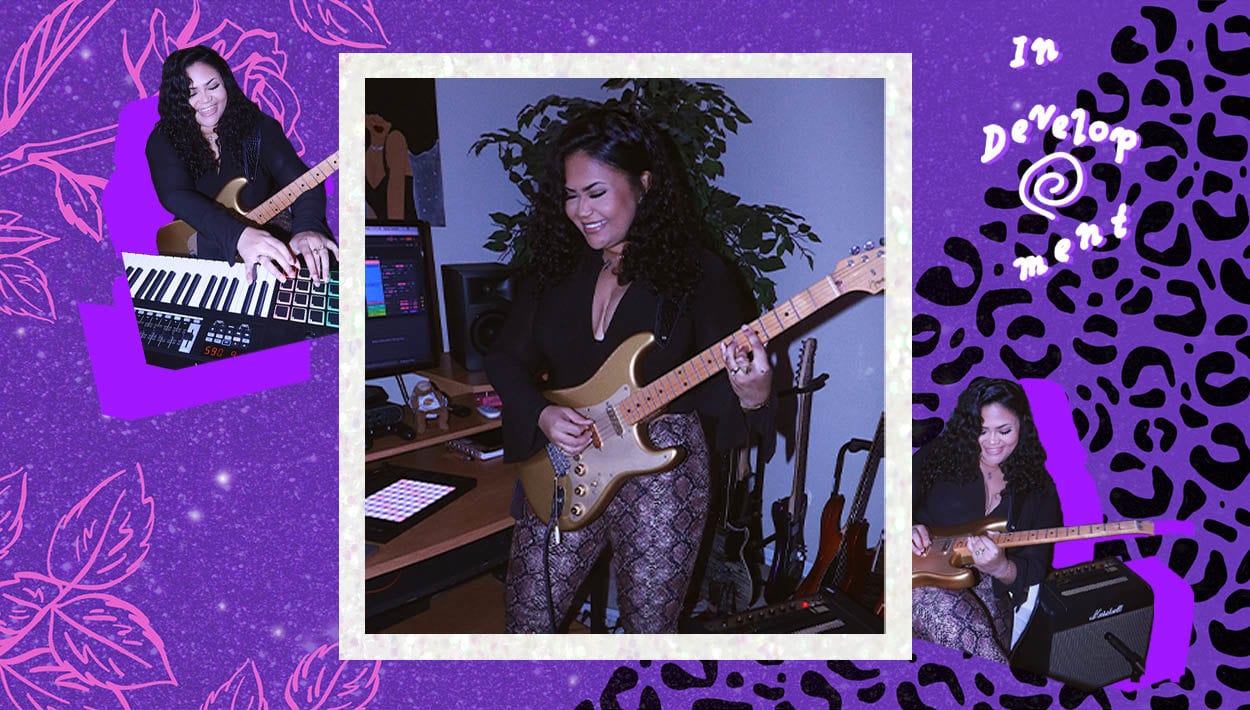
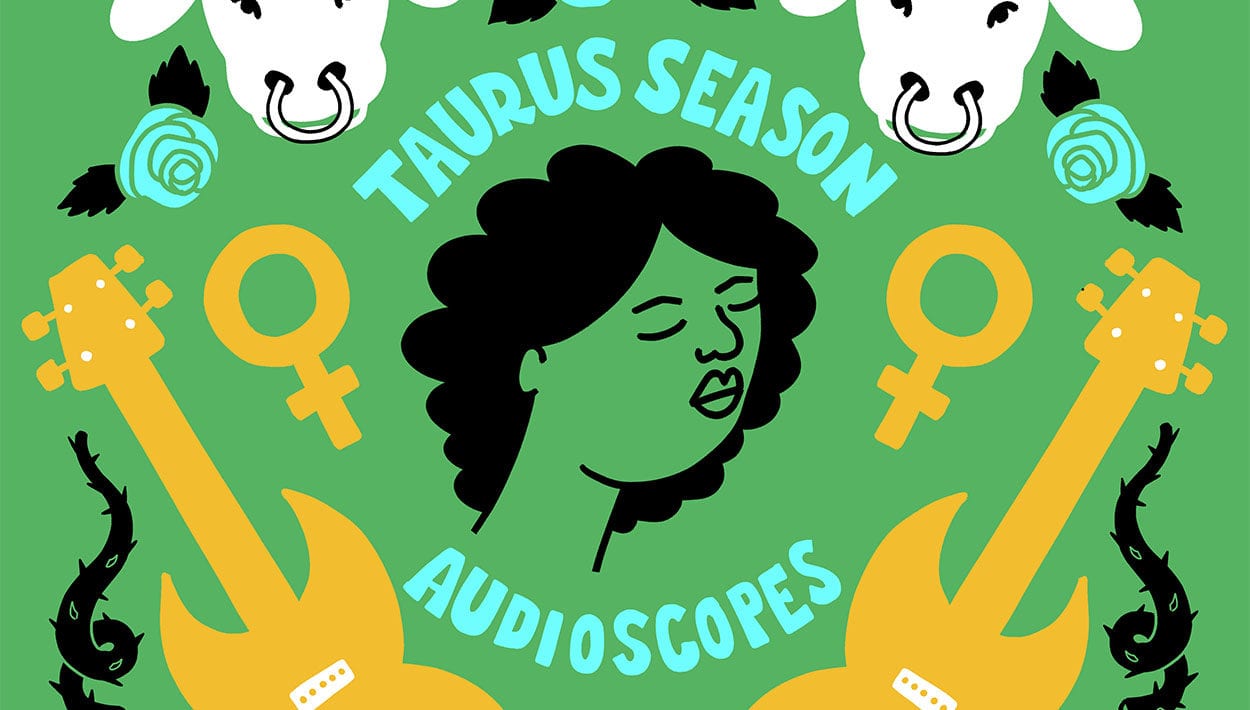


Comments
[…] records discrete tracks, together the songs teeter between folk and ambient. She crafts what she once called “kind of a sound bed” for the folkier bits to live in – and the way she is able to stretch […]
Pingback by FACT mix 618: Tara Jane O’Neil | Wikipedia Editors on September 11, 2017 at 4:31 am